Kong: Skull Island director, lead actors talk about myth and enduring appeal of the giant ape, and new direction film takes
Stars Tom Hiddleston and Samuel L. Jackson join director Jordan Vogt-Roberts in discussing the latest epic retelling of the King Kong tale
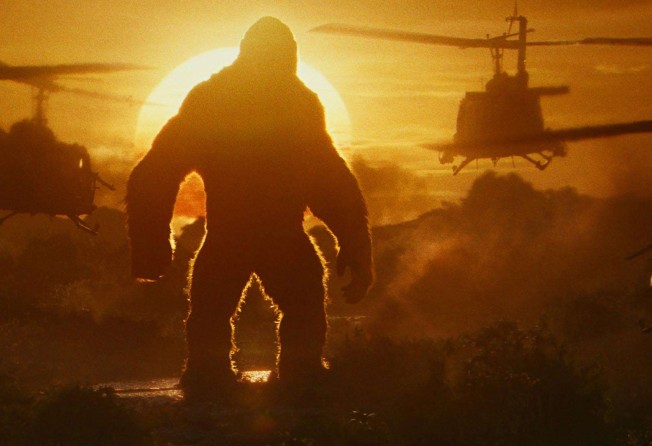
King Kong is a creature who refuses to die. Literally. Ever since the giant ape was first unleashed in the iconic 1933 film, he’s popped up countless times in books, comics, theme park rides, cartoons, and three other big-screen remakes – the latest of which was Peter Jackson’s version in 2005.
But clearly, Kong isn’t done yet: he’s back on the scene in Kong: Skull Island, a big-budget production with marquee leads such as Tom Hiddleston and Samuel L. Jackson, the lavishness of the piece countered by the sensibility of a director, Jordan Vogt-Roberts, best known for small, indie films.
That said, there is nothing “small” about this most recent iteration of Kong. The creature himself is a behemoth, big enough to swipe helicopters out of the sky, which he does frequently. But that’s not the least of it. Skull Island, his home (in this film as it was in the original 1933 version), also holds a number of other terrifying monsters. None of them take kindly to the appearance of a random group of humans trudging through their turf. Chaos, predictably, ensues.
Vogt-Roberts understands the ennui that inevitably accompanies news of yet another reboot of an existing franchise – and says his reaction was no different.
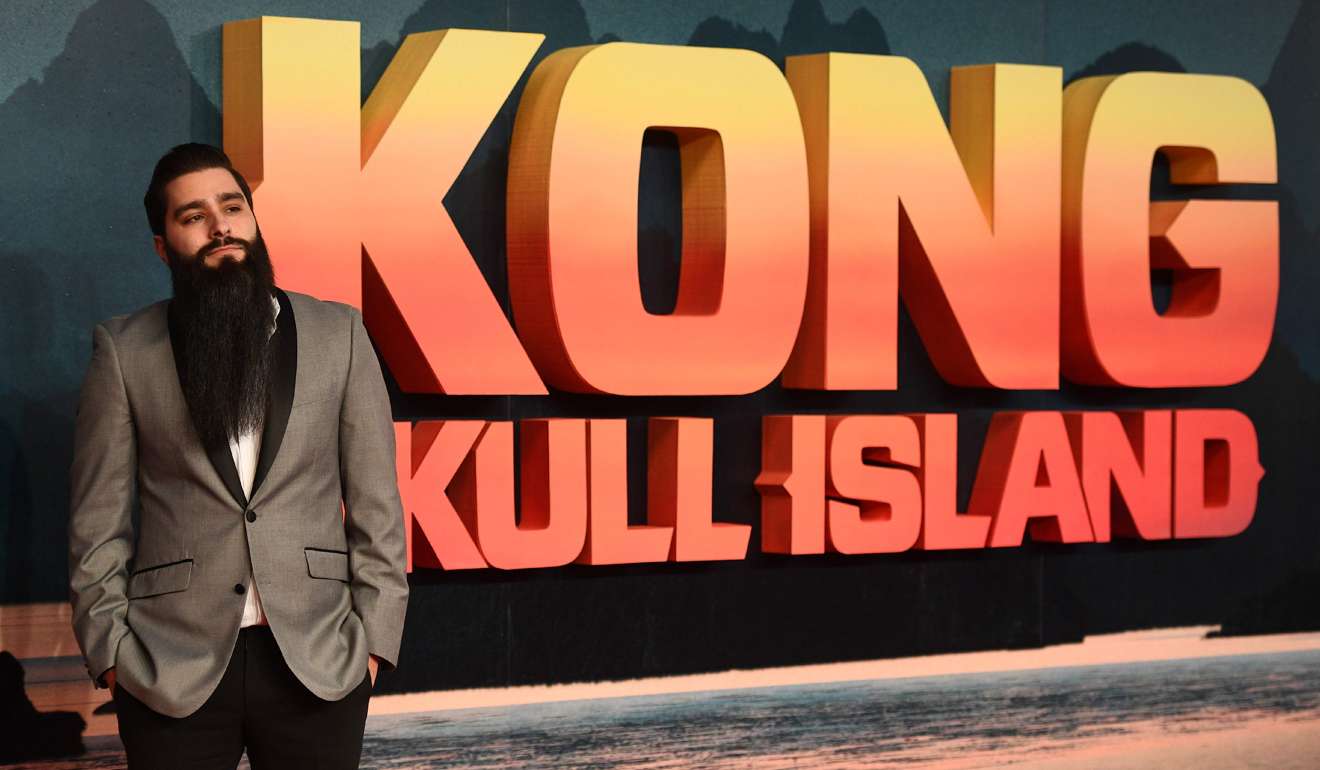
On a recent morning in Beverly Hills, he recalls that when he was approached to make this film, his first response was, “awesome, I love King Kong. And my second response was ‘why would we ever make this? Why do we need another Kong movie? What purpose does this movie have for me, and why is it fresh? So I was, ‘thanks, but no thanks.’”
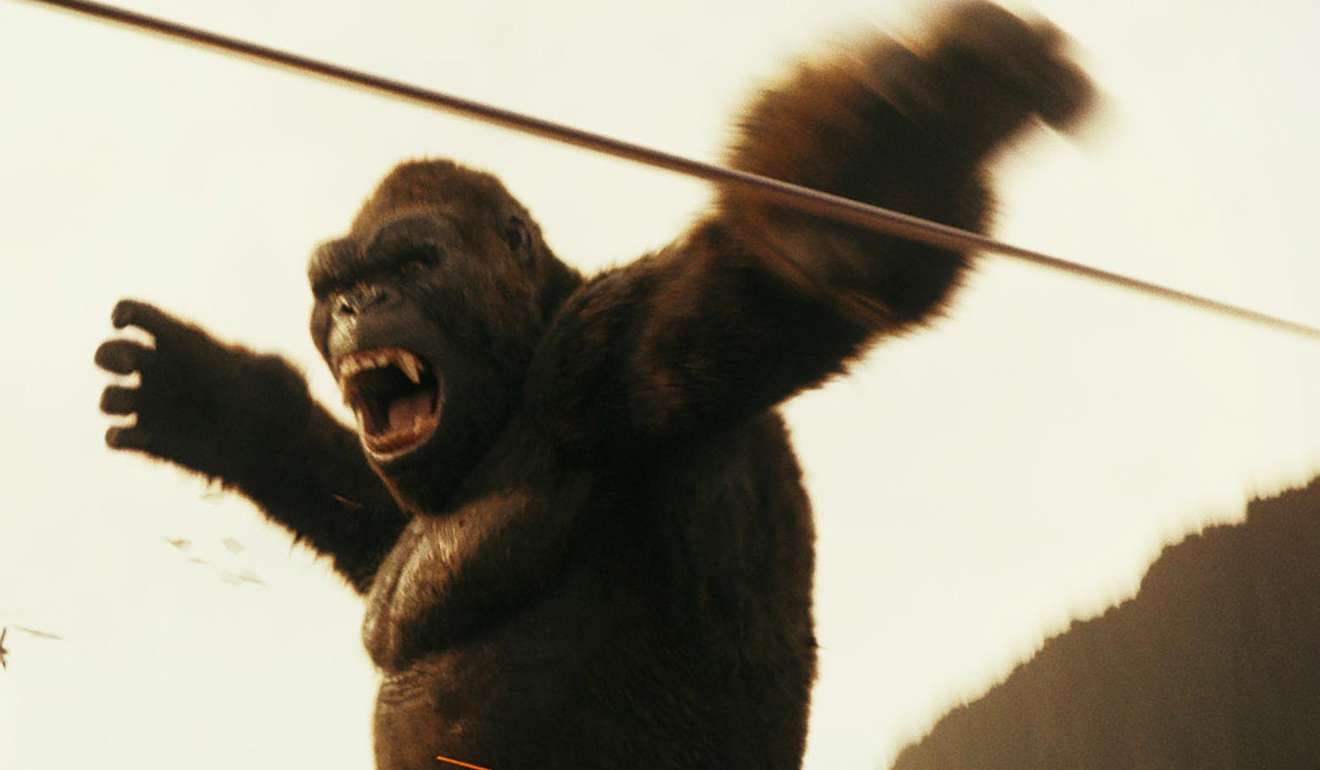
When the studio involved, Warner Brothers, asked the filmmaker what vision he might have, Vogt-Roberts went away for the weekend to think about it, and that’s when the idea dawned on him.
“I saw choppers and napalm and Hendrix and Kong and monsters and the Vietnam war mashed up with a monster movie. I knew that was the movie that me and my friends would want to see.”
Once Vogt-Roberts got the go-ahead, he allowed the idea to coalesce further. He set the film in the early 1970s, towards the tail end of the Vietnam war, a conflict which tore apart that country and where US military interference was vastly unpopular, even in America.
When Kong opens, scientists Bill Randa (played by John Goodman) and Houston Brooks (Corey Hawkins) are leading an expedition to Skull Island in the Pacific Ocean, a place otherwise known for an area where ships and planes have disappeared into oblivion.
Accompanying him on this quest to find out the truth about the island are James Conrad (Tom Hiddleston), a highly trained member of the British Army’s special forces unit, photographer Mason Weaver (Brie Larson), US military chief Preston Packard (Samuel L. Jackson) and an entire complement of soldiers.
Naturally, not all of them make it back. Between the time the group get to the island and attempt to leave, a lot of strange, scary, and sometimes vaguely amusing things happen; the creatures, as well as their pursuers, show themselves for who they truly are.
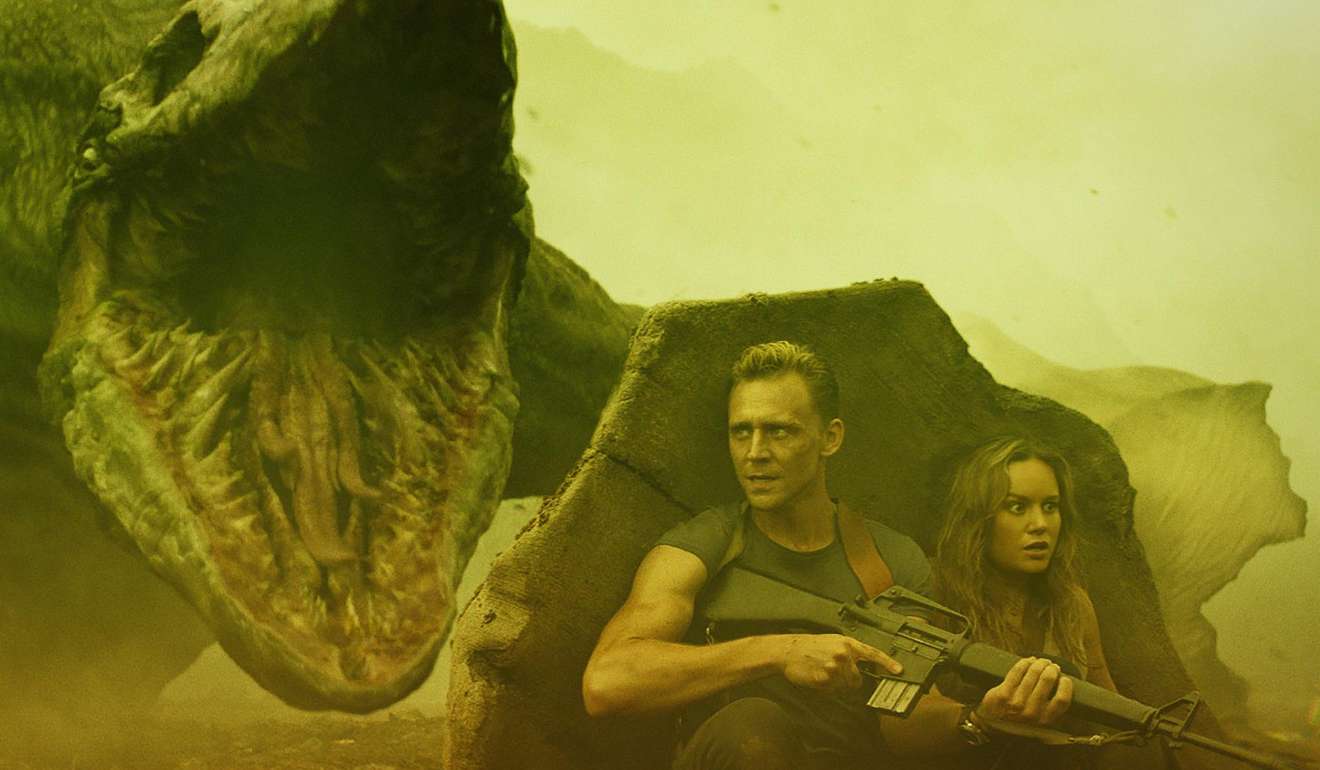
While the monsters are computer-generated, the locales are not: the shoot was spread over five months in three locations: Hawaii, Vietnam and Australia. The integrity of the time period, however, remains intact. “We were trying to tap into an era where there were political scandals and wars we were losing,” says Vogt-Roberts.
“Everyone felt like they were trapped between the old guard and the new. We were taking characters who are broken and disillusioned and sending them to a place that should be pure, untouched by man and cathartic.”
The director – who says the 1933 original is a “genre masterpiece, an icon of cinema; you watch that movie now and it’s still a feat” – pays homage to the Kong lore, and borrows from some of the sensibility of that original film. “That era is an aesthetically amazing mash-up,” he says.
“I’m obsessed with myth. I think the ’70s was a split in modern technology when we started going down the path of our reliance on computers. There’s something to be said for letting go of that, and to be confronted with the natural world, and it felt relatable and realistic.”
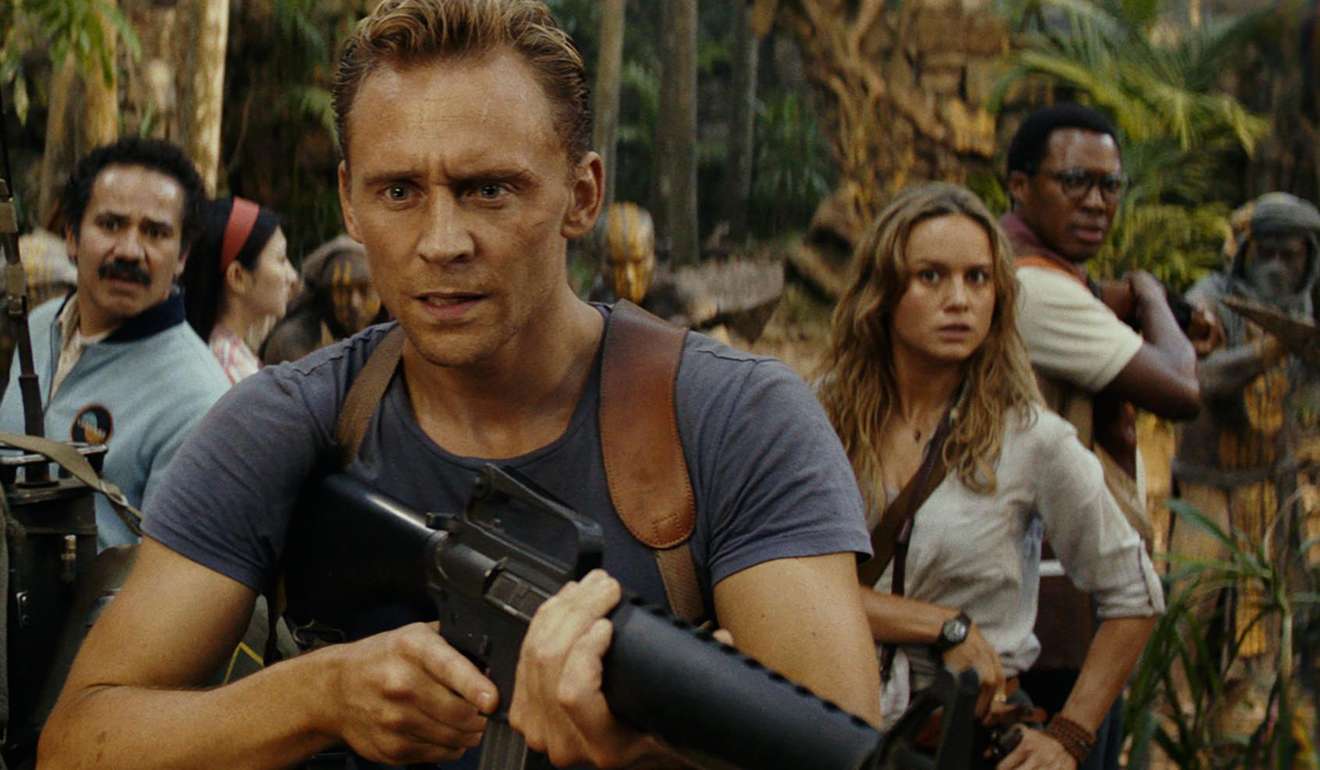
All the actors who signed on did so largely as a result of a long-held fascination with the Kong lore.
“I was pitched the story as a pure-hearted adventure story, the kind of film I grew up loving,” says Hiddleston. “At that time, I’d never done a film like that. The character I would play would be an adventurer, a hero, at a time that I’d never played a truly heroic character.”
He was also drawn to the complexity of his character: a military man with the warfare skills of a mercenary who is emotionally disenfranchised. “He’s lost,” Hiddleston says of his part. “I did some research into the British secret services, and I understand that most special forces operatives, if they stay in the service, are driven by a compulsion towards extremity. There’s something about an extreme environment that gives them purpose.
“Conrad is one of those men. His father never came back from the second world war, and he’s dedicated his life towards recovering lost soldiers. It doesn’t take a genius to figure out that there’s some engine at the centre of him that’s trying to heal that pain. So it’s an action adventure movie, but I’ve always believed that these big action films are grounded by characters who you see have more complexity.”
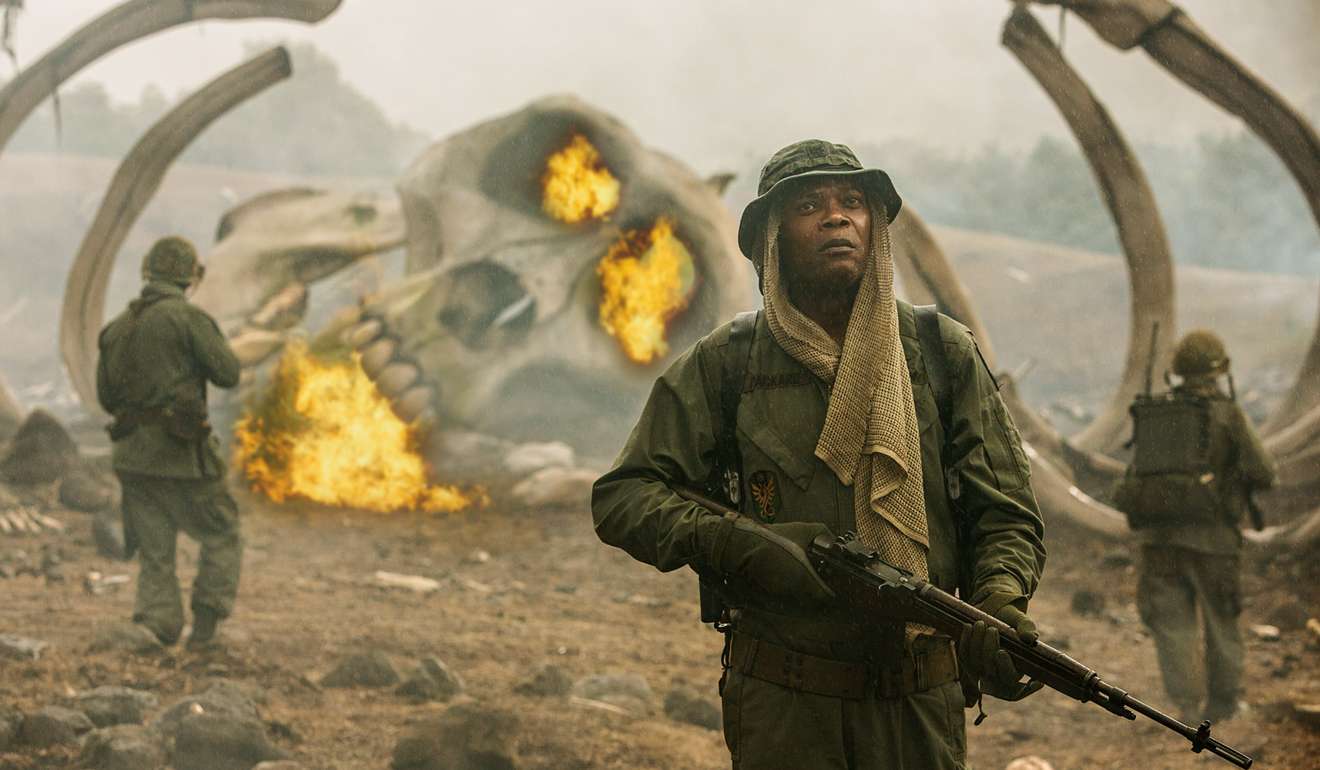
The tragic back stories, says Jackson, make for a more compelling film – even if the audience is not ever really told the characters’ full stories. “[My character] Packard is a career soldier, who has ruined his marriage, and now he’s been slapped in the face with an abandonment of something he thinks is still winnable.
“He’s out there [on Skull Island] on a babysitting mission, and all of a sudden he’s confronted with a new war, a war he’s not going to win this time. He’s had enough loss. Kong becomes the white whale of his Ahab. He’s always believed in the superiority of man, and knows that man has always figured out a way to survive.”
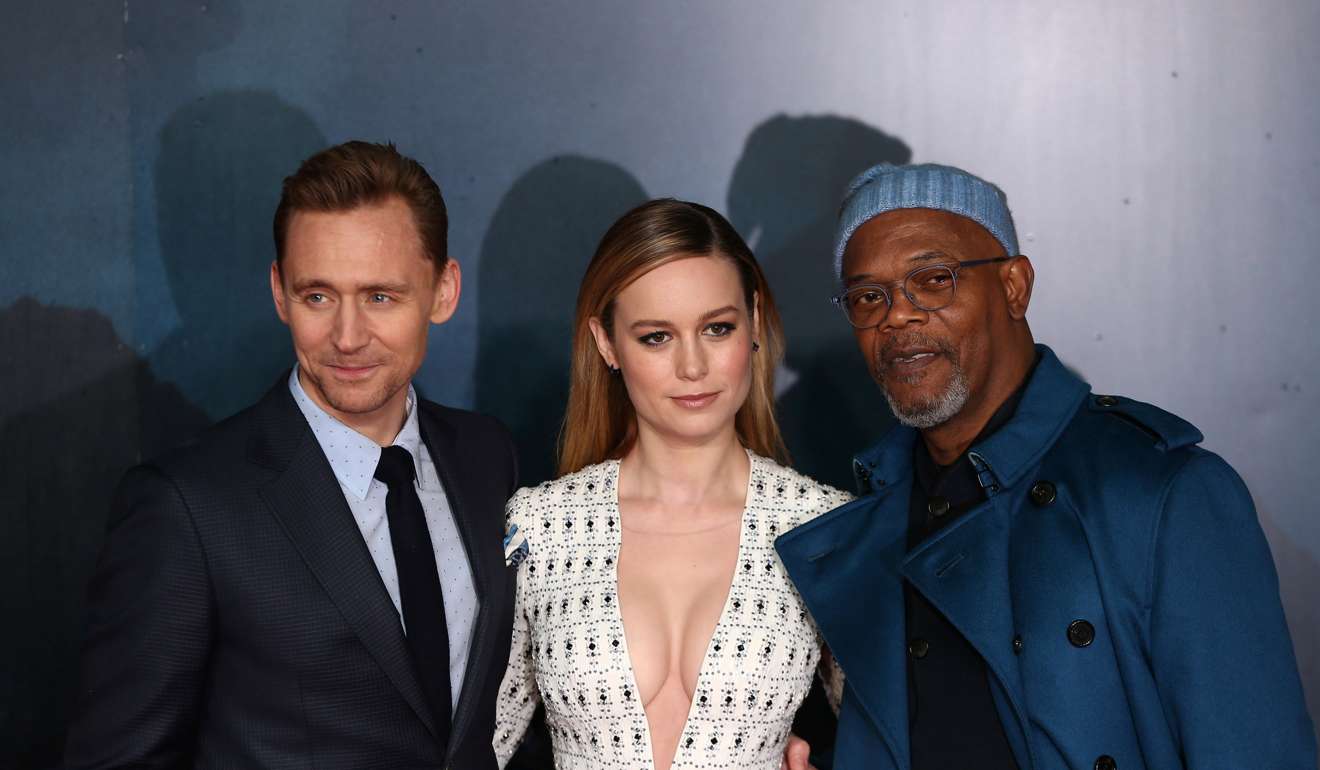
Interspersed within the larger narrative of tension and high anxiety are moments of levity and grace, which Vogt-Roberts says was always his intention. “A lot of the big action films don’t feel true and authentic. They feel packaged. I’m always interested in how you slalom between comedy and drama and interweave them in a way that becomes poignant.”
Kong: Skull Island opens on March 9
Want more articles like this? Follow SCMP Film on Facebook